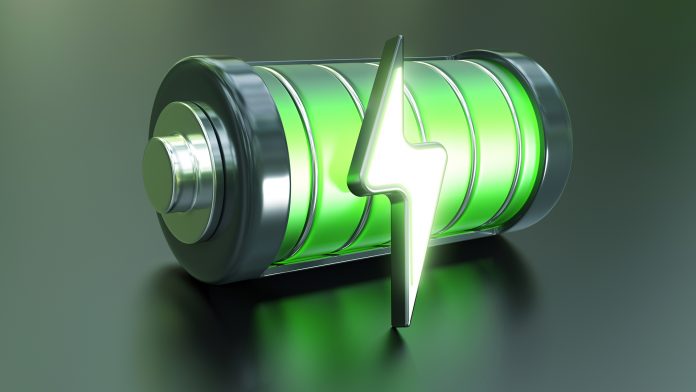A team of British scientists have made a significant breakthrough in rechargeable batteries, estimating to achieve up to ten times the conventional capacity.
In a collaborative endeavour, researchers from Loughborough University, the University of Liverpool, and sustainable technology company Johnson Matthey, have successfully enhanced the performance of lithium-oxygen (Li-O2) batteries. This advancement in rechargeable batteries could have many beneficial implications for future technologies, such as increasing the range of electric vehicles.
To achieve this feat, the team utilised the HYDRA and ATHENA high-performance computing facilities at Loughborough, the supernational computer ARCHER, characterisation facilities at the Stephenson Institute for Renewable Energy, and the Harwell XPS Facility. Their paper is published in Advanced Functional Materials.
By employing this cutting-edge technology, the team created a mixture of materials that demonstrated stability with a Li metal anode – the negative component of a battery; however, there still needs to be progression to increase the cathode materials’ stability – the positive component of the battery. Nevertheless, this exhibits a significant evolution for energy storage, with Li-O2 cells estimated to achieve up to ten times the charging capacity of commonly used batteries.
Dr Pooja Goddard, from the Department of Chemistry at Loughborough, said: “The Li-O2 battery remains an important and desirable target towards improving energy storage capacity for next-generation battery devices. Li-O2 batteries have remarkably high theoretical specific energy (the amount of energy stored per unit weight). Therefore, the realisation of a practical and truly rechargeable Li-O2 device with even a fraction of the theoretical capacity could outperform state-of-the-art lithium-ion cells.
“However, one of the key technological barriers to development is the stability of materials in Li-O2 cells. If the stability and performance of Li-O2 batteries can be optimised, Li-O2 devices could enhance, for example, driving range capacity significantly for electric vehicles.”
The research, which Innovate UK funds, found that Li-O2 batteries, also called lithium-air batteries, exert energy from the air’s oxygen and lithium reaction, with its Li-metal composition and porous conductive framework for its electrodes helping to achieve this.
Dr Alex Neale, the lead author of the study from the University of Liverpool, said: “The ability to precisely formulate the electrolyte to deliver enhanced cycle stability and functionality and to take advantage of the use low volatile components, really enabled us to specially tailor an electrolyte for the needs of metal-air battery technology.
“The outcomes from our study show that by understanding the precise co-ordination environment of the lithium-ion within our electrolytes, we can link this directly to achieving significant gains in actual cell performance.”









